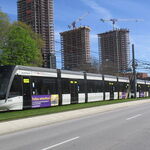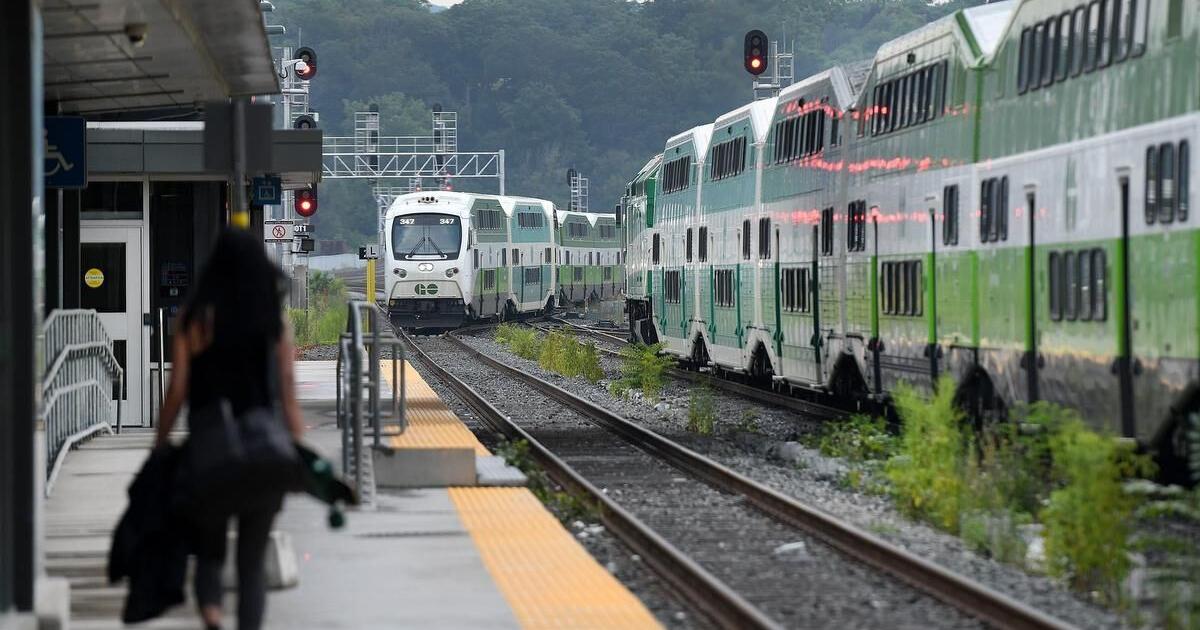innsertnamehere
Superstar
I believe that is the plan for Confederation GO and a big reason construction costs for the station are so high. CN wants a dedicated track to it like Metrolinx built to West Harbour. Confederation will be similar to West Harbour in that it's a double platform station I believe but will share a unidirectional track in and out, just like West Harbour as it weaves its way through Bayview Junction.Ideally they have the two platform tracks become one east of the station and run an extra track all the way to Confederation GO when it opens. Other than completing the bus loop the Confederation GO station isn't much to look at yet.
The Red Hill Valley Parkway crossing is interestingly only built for 2 tracks right now I believe so that bridge will have to be widened, but other crossings are already wide enough for an additional track which should make it a fairly straightforward project. A frig ton of level crossings through Hamilton though.





